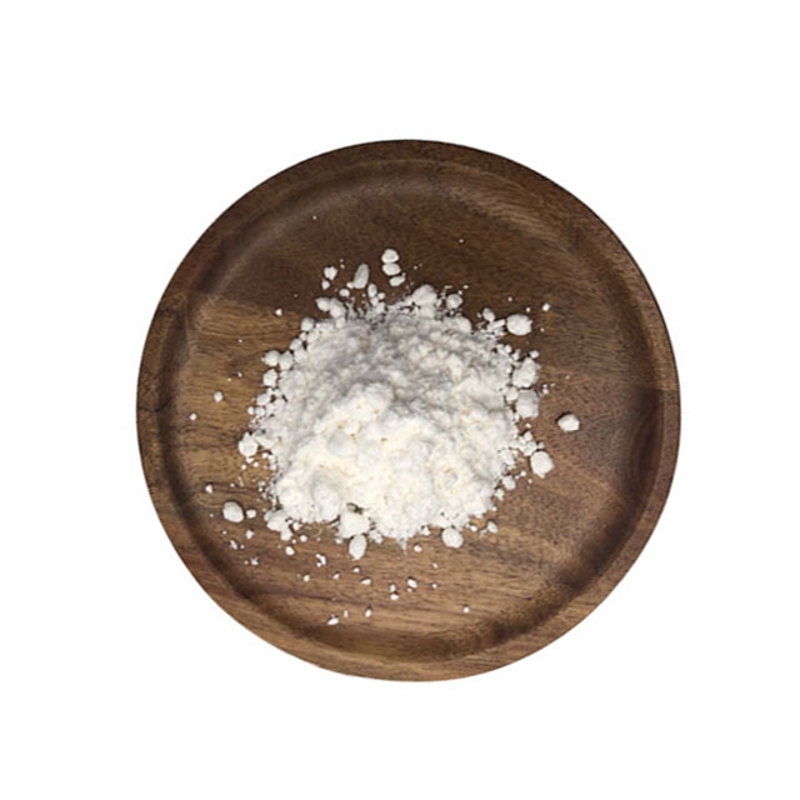-
Categories
-
Pharmaceutical Intermediates
-
Active Pharmaceutical Ingredients
-
Food Additives
- Industrial Coatings
- Agrochemicals
- Dyes and Pigments
- Surfactant
- Flavors and Fragrances
- Chemical Reagents
- Catalyst and Auxiliary
- Natural Products
- Inorganic Chemistry
-
Organic Chemistry
-
Biochemical Engineering
- Analytical Chemistry
- Cosmetic Ingredient
-
Pharmaceutical Intermediates
Promotion
ECHEMI Mall
Wholesale
Weekly Price
Exhibition
News
-
Trade Service
Cells respond to oxidative stress by inducing intracellular signal transduction, including the p38 and JNK MAPK (SAPK) pathways of signal transduction, but the underlying mechanism is not clear.
here, the authors report that MAP trikinase 1 (MTK1) SAPK kinase kinase (SAPKKK) acts as a oxidation stress sensor, sensing the mizing state of cells and transducing it into SAPK signal conduction.
following oxidation stress, MTK1 is rapidly oxidized and gradually reduced at the evolutionaryly conservative cysteine residue.
the redox modification of these conjugated MTK1s triggers their catalytic activity.
gene knockout experiments show that oxidative stress-induced SAPK signal conduction is mediated by the co-activation of two SAPKKK, MTK1 and apoptotic signal-regulating kinase 1 (ASK1), which have different time and dose reaction characteristics.
MTK1 mediated redox sensing systems are critical to delaying and continuous SAPK activity and determining cell fate, including cell death and the production of interleukin 6.
experimental results describe a molecular mechanism in which cells can produce the best biological reaction in a fluctuating redox environment.
in an aging society, various studies are under way to explore the relationship between reactive oxygen and aging-related diseases such as cancer, chronic inflammatory diseases and metabolic syndrome.
study found a new mechanism that triggers cellular reactions by detecting oxidative stress in the human body.
MTK1 SAPKKK is considered to be a new type of human oxidative stress sensor that senses excess reactive oxygen in the body and transmits that information to cells, leading to cell death and the production of inflammatory cytokines.
MTK1 SAPKKK senses the redox state of cells and transducs it to SAPK signals the energy that living organisms need to breathe through oxygen to obtain the energy needed for life activity.
however, reactive oxygen is known to be produced in the human body as a by-product during this process.
excessive production of reactive oxygen can cause cell damage and cause a variety of diseases such as aging, cancer, chronic inflammatory diseases (rheumatoid arthritis, etc.), metabolic syndrome and neurodegenerative diseases.
therefore, it is believed that the human body has a mechanism for sensing and responding appropriately to the oxidative stress state caused by the excessive production of reactive oxygen.
however, the detailed mechanism is not clear.
cells respond to oxidative stress by inducing intracellular signal transduction, including signal-activated p38 and JNK MAPK (SAPK) pathways, but its underlying mechanism is unclear.
team reported that MTK1 SAPKKK acts as an oxidation stress sensor, which senses the cell's redox state and converts it into SAPK signal conduction. After
oxidation stress, MTK1 is rapidly oxidized and then gradually reduced at the evolutionaryly conservative cysteine residue.
the redox modification of these conjugated MTK1s triggers their catalytic activity.
gene knockout experiments show that oxidative stress-induced SAPK signal conduction is mediated by the co-activation of two SAPKKKs MTK1 and ASK1, which have different time and dose response characteristics.
they found that MTK1-mediated redox sensing systems were critical to delayed and sustained SAPK activity and determine the fate of cells, including cell death and THE production of IL-6 during macrophage respiratory outbreaks.
their findings describe a molecular mechanism through which cells can produce the best biological reactions in a fluctuating redox environment. "This study reveals part of the body's oxidative stress response mechanism," said Professor Hiroshi Ukawa, who
applied to the treatment of cancer and metabolic syndrome.
Cys residues in MTK1 molecules are critical to their function.
"oxidative stress sensors" are highly conservative not only in humans but also in a wide variety of vertebrates, but also have evolved to conservativeize MTK1-mediated oxidative stress responses.
this strongly suggests that the mechanism is common to all vertebrates.
" the team hopes the results of this study will be used in the future to develop therapeutic agents for a variety of diseases associated with reactive oxygen, such as cancer, chronic inflammatory diseases and metabolic syndrome.
these results were obtained in collaboration with Professor Hiroshi Miki of the Institute of Microbiology at Osaka University in Japan.
.







